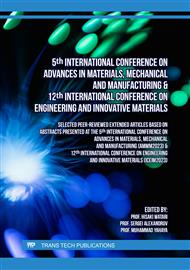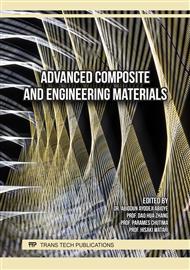p.49
p.55
p.63
p.73
p.81
p.91
p.101
p.107
p.113
Nano-Titanium Dioxide Filler Particles in Soybean Methyl Ester for an Improvement of Electrical Breakdown Strength of Soybean Vegetable Oil as a Transformer Oil Substitute
Abstract:
Power transformers use mineral oil as an insulating liquid due to its excellent dielectric properties. However, mineral oil is a non-renewable resource and is toxic to the environment when leaked. The purpose of this research is to examine vegetable oil containing nanotitanium dioxide as a substitute for mineral transformer oil. Vegetable insulating oils are environmentally benign and have good breakdown voltage (BV) and high ignition points that can decompose naturally in the event of a leak. Nevertheless, the high viscosity of vegetable oil slows down the flow rate in the transformer cooling. To overcome this problem, the process of transesterification was used to produce soybean methyl ester (SBME). SBME is used as an insulating liquid including composite filler of titanium dioxide (TiO2) nanoparticles. Electrical breakdown voltage (BV) tests were performed following ASTM D1816 standards. Results demonstrated that SBME has a greater BV than natural soybean oil. Also, the addition TiO2 nanoparticles increases the BV of the SBME’s mixture. All cases of nanoparticle methyl ester (NPME) conducted in the experiments exhibited a BV higher than 28 kV which is well above the standard value.
Info:
Periodical:
Pages:
113-117
Citation:
Online since:
February 2024
Keywords:
Price:
Сopyright:
© 2024 Trans Tech Publications Ltd. All Rights Reserved
Share:
Citation:



